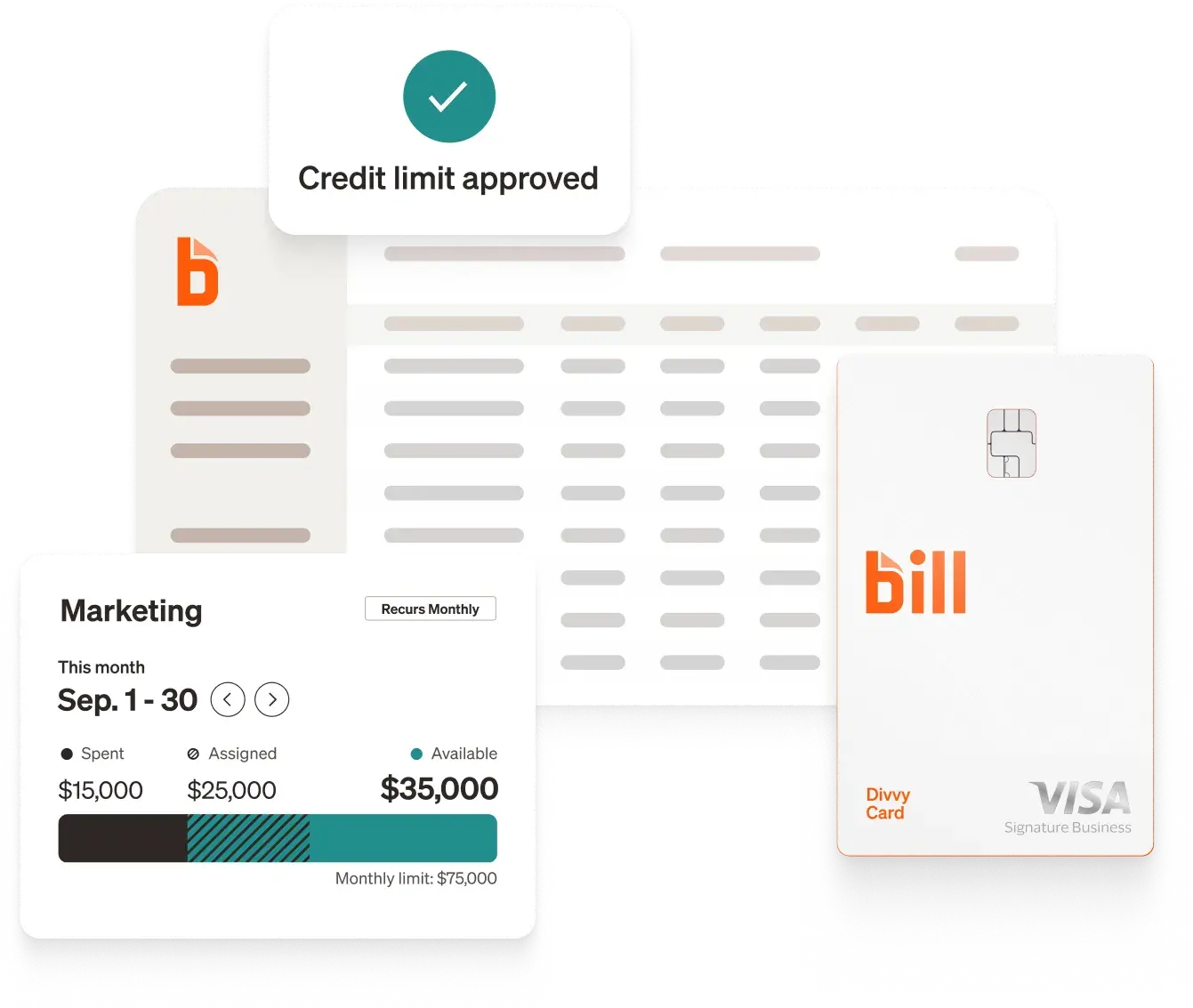One in four small businesses lost money to payment fraud last year—and the culprit is probably sitting in your mailbox right now.
That's just one finding from BILL's new State of B2B Payments report, which surveyed 746 financial decision-makers to uncover the payment challenges threatening business stability and growth.
From cash flow concerns to confidence gaps in security measures, the data reveals critical vulnerabilities that demand immediate attention.
The paper check paradox: Why the riskiest payment method won't go away
Despite being the payment method most linked to both fraud and late payments, paper checks still crack the top five ways SMBs pay their bills, creating a dangerous contradiction.
The research reveals paper checks to be the most common payment method used in confirmed fraud cases. Yet businesses keep writing them, exposing themselves to risk with every envelope they seal.
This persistence of paper in an increasingly digital world isn't just inefficient. It's actively harmful to business operations.
What's driving this paradox? For many SMBs, it's a combination of vendor preferences, legacy systems, and the perception that checks are easier simply because they're more familiar. But as fraud losses mount and payment delays accumulate, the true cost of clinging to paper becomes impossible to ignore.
The confidence crisis in payment security
Nearly every SMB has implemented security measures against payment fraud, yet half admit they're not very confident these measures actually work. And some 25% have already paid the price.
The numbers paint a troubling picture: while 96% of businesses have some form of payment security in place, only 44% feel very confident in their protection. Another 51% describe themselves as just "somewhat confident" or "not very or at all confident," suggesting widespread doubt about whether their defenses can actually stop determined fraudsters.
Even worse, the security measures themselves create additional burdens on SMB operations. This creates an unfortunate cycle in which businesses implement security measures they don't fully trust, find them burdensome to maintain, and still suffer losses despite their efforts.
Why half of SMBs are worried about their cash position
Fifty percent of SMBs struggled with cash flow in the past year, with more than a third saying their concerns dragged on for three months or longer, yet most are still using payment methods that make the problem worse.
See what SMBs are doing to address cash flow challenges. Get the complete findings.
The cash flow crisis isn't just about having enough money. It all comes down to timing, making sure the cash is available when payments come due or when growth opportunities arise.
Looking ahead, the outlook remains challenging. One-third of SMBs expect cash flow concerns over the next 12 months, with 33% of those believing they'll need to take action to address them.
The connection between payment methods and cash flow becomes even clearer when you consider that businesses are juggling an average of four different payment solutions. Each system has its own timing, fees, and reconciliation requirements, creating complexity that makes accurate cash flow forecasting nearly impossible.
Late payments reveal internal operational struggles
One in three SMBs admitted they don't always pay their bills on time, a confession that highlights deeper operational problems plaguing small businesses in 2025.
The reasons for these delays tell a story of internal dysfunction. Short payment terms top the list at 31%, followed closely by bank account overdraft concerns (30%) and issues with internal workflows (31%).
The ripple effects also extend beyond the late payments themselves. These operational struggles can damage vendor relationships, incur late fees, and create a reputation for unreliability that can impact future negotiations.
In an environment in which 68% of SMBs want real-time payment tracking and reporting from their payment solutions, the gap between current capabilities and actual needs has never been wider.
Growing SMBs demand better payment solutions
Growing SMBs are abandoning their payment providers at a significant rate. In fact, 29% made a switch in just the last three years, driven by needs their current systems couldn't meet.
This churn reflects a fundamental shift in how SMBs view payment systems. No longer just a utility for moving money, payment platforms have become critical infrastructure that must scale with the business. The fact that 88% of SMBs now consider digital payment platforms essential to their ability to scale underscores this evolution.
The message to payment providers is clear: evolve, or lose your customers to someone who will.
The research behind these findings
BILL partnered with Logica Research to conduct this comprehensive study in March, 2025, surveying 746 SMB executives across the United States. All respondents held significant or final decision-making authority over their company's financial software, ensuring insights came from those directly responsible for payment decisions.
The participant pool represented the full spectrum of SMBs: 30% from companies with fewer than 10 employees, 35% from those with 10-99 employees, and 35% from organizations with 100 or more team members. Revenue distribution was similarly diverse, with 53% reporting less than $10 million annually, 38% between $10-49 million, and 9% generating $50 million or more.
This broad representation ensures the findings reflect challenges faced across the SMB landscape, from growing startups to established mid-market companies.
The path forward starts with understanding
These five payment challenges—fraud vulnerability through paper checks, security confidence gaps, cash flow struggles, operational inefficiencies, and inadequate payment systems—aren't isolated issues. They're interconnected problems that compound each other, creating a cycle of risk and inefficiency that threatens SMB growth and stability.
The full State of B2B Payments report goes deeper into each challenge, providing detailed breakdowns of the nine specific causes of payment delays, comprehensive fraud statistics by payment type, and actionable insights for modernizing payment operations. For financial leaders ready to break the cycle and build more resilient payment processes, the complete findings offer a roadmap to transformation.








